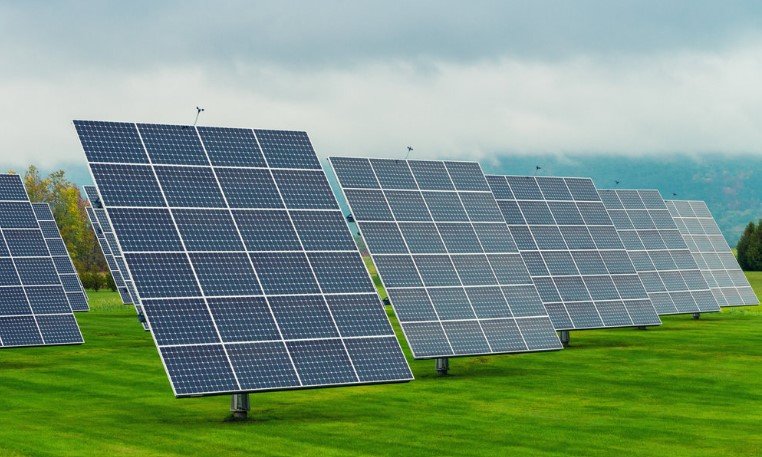Nano technology is playing a crucial role in the advancement of energy storage systems. As the demand for renewable energy grows, the need for efficient and reliable energy storage solutions increases. Nano technology offers innovative solutions to improve the performance and capacity of batteries, capacitors, and other energy storage devices. By manipulating materials at the nanoscale, it is possible to enhance the energy storage process, making it more efficient and sustainable. This post explores the role of nano technology in energy storage and its potential impact on the future of energy systems.

Enhancing Battery Performance with Nano Technology
Nano technology has revolutionized battery technology by improving their energy density, charge cycles, and overall performance. Traditional batteries, like lithium-ion, face limitations in terms of storage capacity and charging speed. Nano materials, such as carbon nanotubes and graphene, can increase the surface area of battery electrodes, allowing for more energy to be stored. This results in batteries with higher capacity, longer lifespan, and faster charging times. Moreover, nano technology can help prevent issues like overheating and improve the safety of batteries. As a result, nano-enhanced batteries are crucial for applications in electric vehicles, renewable energy storage, and consumer electronics.
Supercapacitors and Nano Technology
Supercapacitors are another energy storage device that benefits from nano technology. Unlike batteries, supercapacitors store energy in an electric field and can deliver rapid bursts of power. Nano materials are used to increase the surface area of supercapacitors, allowing them to store more energy and charge/discharge faster. Materials like graphene and carbon nanotubes are often used in supercapacitor electrodes due to their excellent conductivity and strength. With nano technology, supercapacitors can store more energy and have a longer operational life. This makes them ideal for applications requiring quick energy delivery, such as in hybrid vehicles, power grids, and electronic devices.
Improving Energy Storage in Solar and Wind Energy Systems
Renewable energy sources like solar and wind power require efficient energy storage systems to ensure a continuous power supply. Nano technology enhances the storage capabilities of batteries used in solar and wind energy systems. For example, nano materials can improve the efficiency of energy storage devices by increasing the energy retention capacity of batteries. This allows solar and wind power to be stored for longer periods and used when the renewable sources are not actively generating power. By improving the performance and storage capacity of energy storage devices, nano technology helps make renewable energy systems more reliable and sustainable, supporting the transition to clean energy.
Nano Technology in Hydrogen Storage
Nano technology is also playing a role in the development of hydrogen storage systems. Hydrogen has the potential to be a clean and efficient energy source, but storing it safely and effectively remains a challenge. Nano materials can be used to create more efficient hydrogen storage systems by increasing the surface area available for hydrogen absorption. For example, nano-porous materials can hold hydrogen at a higher density, making it easier to store and transport. Nano technology also helps improve the safety of hydrogen storage by making the materials more stable and resistant to leakage. As the demand for hydrogen as a clean energy source grows, technology will play an essential role in making hydrogen storage more viable.
Advancing the Future of Energy Storage
The future of energy storage depends heavily on the continued development of technology. By enhancing the performance and efficiency of batteries, supercapacitors, and other storage systems, technology offers solutions to many of the challenges associated with current energy storage methods. With the increasing demand for clean and renewable energy, nano technology will be instrumental in ensuring that energy storage systems can keep up. From improving storage capacity to increasing energy efficiency and reducing costs, nano technology has the potential to revolutionize the energy storage industry, enabling a more sustainable energy future.
Conclusion
In conclusion, technology is playing a key role in advancing energy storage systems. It is enhancing the performance of batteries, improving supercapacitors, and making renewable energy storage more reliable. Nano technology is also helping to overcome challenges in hydrogen storage and making energy systems safer and more efficient. As research continues, technology will contribute to the development of next-generation energy storage solutions, enabling a more sustainable and efficient energy future. Its impact on energy storage is far-reaching, making it an essential technology in the quest for clean, renewable energy.











